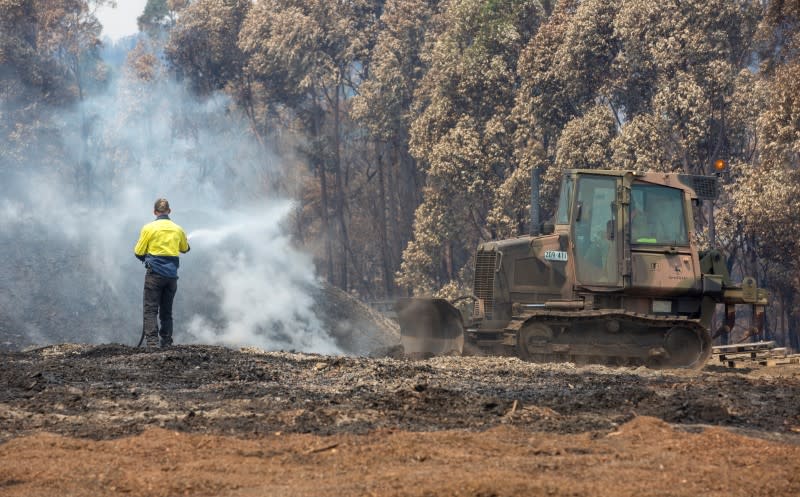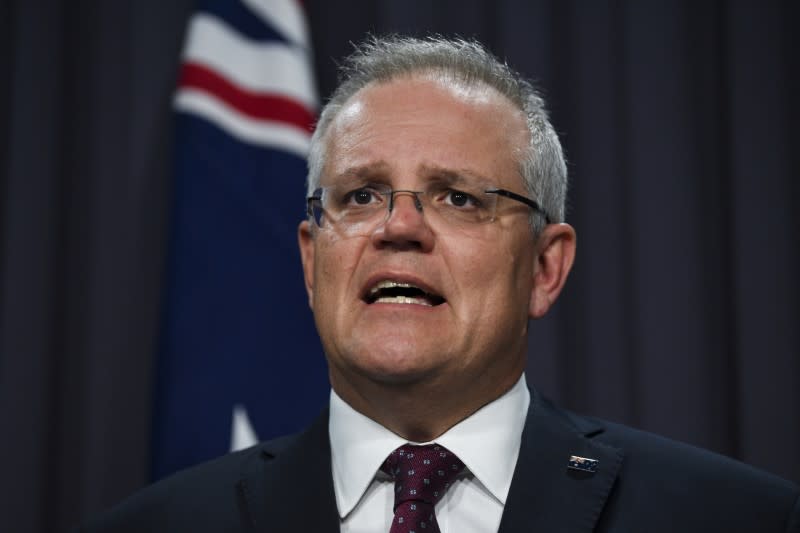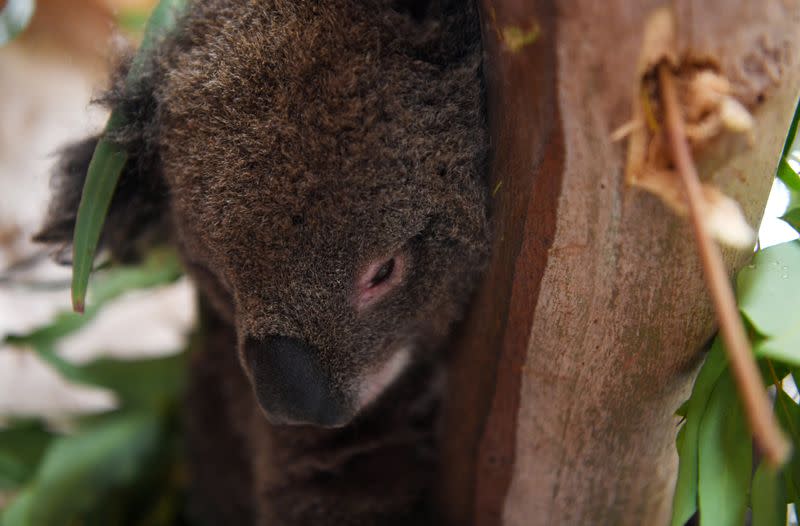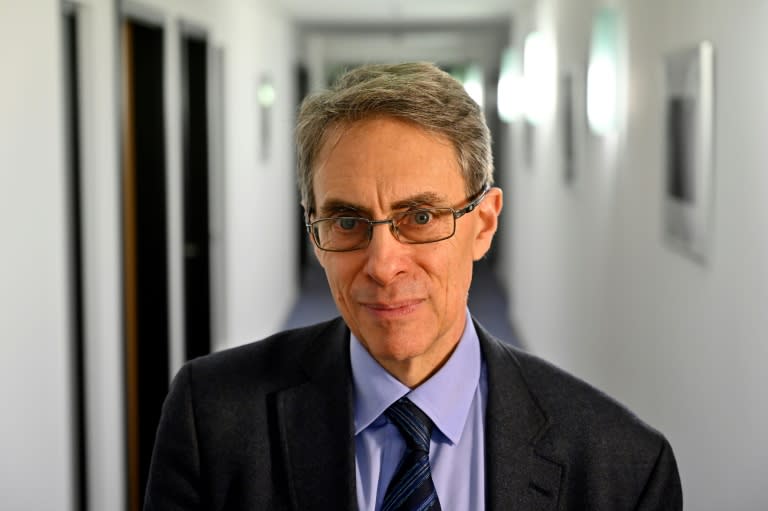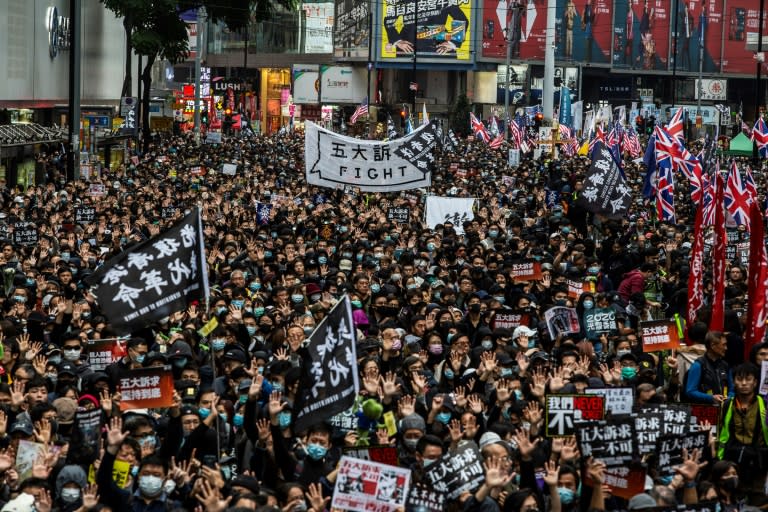Manufactured Ignorance about the Ukrainian-Canadian Left
In recent years, a new academic field has emerged, called agnotology. The name comes from the old Greek
agnōsis, meaning “ignorance,” and -
logia, meaning “the study of.”
Agnotology is the study of ignorance. More specifically, it is the study of how ignorance is often manufactured in order to obscure matters of fact.
Agents of ignorance lobby news media to publish contradictory information in the name of “balance.” Despite overwhelming evidence for anthropogenic climate change, “balance” requires that a few opposing scientific voices be given equal weight.
The goal is not to replace one set of facts with another, but to create a fog of doubt about what the facts are. The resulting spectacle is meant to paralyse public opinion and promote passivity.
The Lingering Fog of Cold War Rhetoric
The Cold War is fertile ground for agnotology. It apparently fizzled out after the fall of the Berlin Wall in 1989. Yet there has been a weird resuscitation of Cold War rhetoric in twenty-first century Canada.
Also in 2014, newly elected Liberal MP Chrystia Freeland was
banned from Russia for her criticism of Putin’s government. She called this an “
honour” and went on to serve as Canada’s Foreign Affairs Minister from 2017 to 2019, while still under the Russian ban.
In 2015, Freeland penned an essay for the Brookings Institute in Washington, D.C., with the title “My Ukraine”. Photos on her MP website show her wearing a traditional Ukrainian embroidered shirt. Freeland has woven her Ukrainian heritage into her public persona as a globetrotting Canadian politician.
For many Canadians, this proves the success of multiculturalism. For many Ukrainian Canadians, it demonstrates their success in achieving full membership in Canada, while still retaining their distinct heritage.
But not everyone views Freeland’s eccentric blend of culture and politics as innocent. In 2018, Canada expelled four Russian diplomats posted in Ottawa. Prime Minister Justin Trudeau cited an
alleged disinformation campaign against Freeland as one reason for the expulsion.
At issue were allegations that Freeland’s Ukrainian grandfather was a Nazi collaborator. In March, 2017, two opinion pieces appeared in the
Ottawa Citizen, one
supporting the allegations, the other
dismissing them.
This is an example of “balance” in the media. Canadians, including Ukrainian Canadians, can be forgiven for not knowing what to think as a result. The lingering fog of Cold War rhetoric turns historical fact into an uncertain phantom.
The Ukrainian-Canadian Left’s Critique of Multiculturalism
Reading Hinther’s words, Ukrainian Canadians are meant to feel proud that the actions of their leftist forebears have been finally, and fully, recognised by the Canadian state. But what was their contribution, and has it really been fully recognised?
In fact, Ukrainian-Canadian leftist leaders were decidedly critical of official multiculturalism. On first blush, this would seem at odds with their own desire for equal status as a distinct cultural group within a heterogeneous Canadian state. So why did they do it?
The answer is Québec. Hinther shows that it was rightist Ukrainian Canadians who supported state multiculturalism. By contrast, labour leader
Mitch Sago, writing in the
Ukrainian Canadian on May 1, 1968, condemned these rightists as a “reactionary” and “self-interested” lobby group who “provide the Anglo-Canadian establishment with a mass base for diversionary attacks upon the French Canadian people.” Sago instead told Ukrainian Canadians that “We are ethnic elements of one or the other nation in Canadian society.”
This was one year before the
Waffle Manifesto was published in
Canadian Dimension. As Mel Watkins has
recently written, the Waffle stood for an independent socialist Canada within which Québec’s independentist movement would be respected. The Waffle quickly crashed, and the idea of a progressive, left-wing nationalism went with it.
Except in Québec. As Pierre Beaudet
has observed, the independentist provincial party
Québec solidaire maintains a powerful example of progressive nationalism. But this example has been largely ignored by the rest of Canada.
By the same token, the progressive nationalism of the Ukrainian-Canadian left has largely disappeared from history. With this ignorance in place, it becomes ideologically safe both to designate Winnipeg’s Ukrainian Labour Temple a national heritage site, and to celebrate this designation as a hard-fought victory for the Ukrainian-Canadian left. But who truly benefits from this arrangement?
Conservative Multiculturalism and Canada’s “Ethnic” Vote
In 2007, Conservative MP
Jason Kenney became Canada’s first Secretary of State for Multiculturalism and Canadian Identity. His remit was to
win over “ethnic” voters for the new Conservative government. He continued this work from 2008 to 2013 as Minister of Citizenship and Immigration.
In 2008, the Canadian Parliament passed into law the
Ukrainian Famine and Genocide (“Holodomor”) Memorial Day Act. This law designates the fourth Saturday in November as a national day of commemoration for the millions who died of famine in Soviet Ukraine in 1932 and 1933. The act’s preamble states that this famine “was deliberately planned and executed by the Soviet Regime under Joseph Stalin.”
In November of 2019, Kenney, now Premier of Alberta, published a
video press release marking this day of commemoration. In the video, he states that the famine “was tied up with an effort of suppressing Ukrainian nationalism by the Soviet powers in Moscow.”
On the one side, nationalism. On the other, communism. This black-and-white binary once again resuscitates Cold War rhetoric. By painting the famine as a communist assault on Ukrainian nationalism, Kenney implies that those who sympathise with communism might also turn a blind eye to mass extermination.
Indeed, in that same week, Kenney
tweeted about “how the Communists, and their ‘useful idiots’ in the West, covered up the famine-genocide.” He was likely referring to
Dougal MacDonald, a member of the Marxist-Leninist Party of Canada, who had a few days earlier
commented on Facebook that it was “Hitlerite Nazis who created the famine myth.”
MacDonald’s idiocy was, in fact, quite useful for Kenney’s conservative effort to drive a wedge between nationalism and communism. Kenney’s rhetoric obscures the fact that many on the Ukrainian-Canadian left had combined nationalism with progressive politics. This attracted the ire not only of the Ukrainian-Canadian right, but also of the Communist Party of Canada.
Progressive Nationalism: Between a Rock and a Hard Place
In 1962, Mitch Sago was in Vancouver fundraising for the Ukrainian Canadian when he was assaulted on the street in broad daylight, and left badly injured. As cited in Hinther’s Perogies and Politics, police concluded that the attack “was one of several … perpetuated on leading labour figures in the community during the past recent period of time.”
In 1950, the same year Canada began to admit former Ukrainian SS servicemen as immigrants, Toronto’s Ukrainian Labour Temple was bombed while hosting a children’s concert. Nobody was killed, but many were injured by flying glass. The Ukrainian-Canadian left immediately pointed to the Ukrainian-Canadian right. The right, in turn, argued that the left had bombed itself, in order to discredit the right. An RCMP investigation concluded that the right’s arguments were more convincing.
In 1940, the RCMP rounded up most of the Ukrainian-Canadian left’s leadership and placed them in an internment camp. The indefatigable Mitch Sago was among them. Leftist Ukrainian-Canadian organisations were banned, and their meeting halls were seized and sometimes sold off to groups on the Ukrainian-Canadian right.
Right-wing Ukrainian-Canadian nationalists sought to destroy the Ukrainian-Canadian left, often with considerable help from the Canadian state.
As both Hinther and historian
Jim Mochoruk have shown, the Ukrainian-Canadian left was also under constant pressure from the Communist Party of Canada, which was keen to stamp out the former’s “ethnic” orientation. Canadian communist leaders were often as blind to their own Anglo-Celtic biases as were Russian and Russified leaders in Moscow when dealing with Soviet Ukraine.
Focusing on Ukraine, historian
Stephen Velychenko describes this as a struggle
within communism between “red nationalists” and “red imperialists.” Historian
James Mace has documented the rise and fall of Ukrainian “
national communism” in the early Soviet period.
Kenney’s hard line between nationalism and communism is historically false, and serves to erase from history the existence of a robust Ukrainian tradition of anti-imperialist, left-wing nationalism.
With their history thus stripped of its political richness, contemporary Ukrainian Canadians are offered a bogus choice between Stalinism and conservative nationalism.
This rich history is interesting in its own right. When reports reached Canada of the dire effects of Stalin’s policies in Soviet Ukraine, several prominent Ukrainian-Canadian leftists publicly criticised the leadership of both the Communist Party of Canada and the Ukrainian-Canadian left. Ukrainian-Canadian leftist leaders responded by expelling the dissidents and reaffirming their loyalty to the Communist Party.
Yet, as Mochoruk argues, this expression of loyalty gave cover for the continuing efforts of Ukrainian-Canadian leftist leaders to protect the autonomy of their community. Hinther’s book recounts in detail how these leaders were squeezed not only from above by the Anglo-Celtic communist elite, but also from below by a Ukrainian-Canadian rank-and-file who insisted on independence for their own distinct culture-based activism.
This activism could be quite effective. In 1926, Ukrainian-Canadian leftists helped to elect Canada’s first communist politician, Winnipeg alderman
William Kolisnyk. Ukrainian-Canadian communists served on Winnipeg’s council well into the 1930s, much to the alarm of the Ukrainian-Canadian right.
Historian
Orest Martynowych notes that when one Ukrainian-Canadian alderman urged the city to assist Jewish refugees, he was ferociously attacked in the right-wing Ukrainian-Canadian press. Ukrainian-Canadian leftists were denounced as the useful idiots of a “Judeo-Bolshevik” plot.
The Question of Ukrainian-Canadian Anti-Semitism
Very little historical research has been done on attitudes toward anti-Semitism within the politically diverse Ukrainian-Canadian community. Exposing internal fissures on this point could help to blow off the fog that now shrouds the legacy of Canadian progressive nationalism.
Historian
John-Paul Himka—who is Chrystia Freeland’s uncle by marriage and the
son-in-law of Michael Chomiak, Freeland’s aforementioned grandfather—has written about war crimes against Jews committed by militant Ukrainian nationalists in the 1940s. He has pointed to a “
blank spot” in the collective memory of Ukrainian Canadians, some of whom today celebrate these militant nationalists as heroic freedom fighters.
For this, Himka says he has been accused of “
treason.” The president of the Ukrainian Canadian Congress has denounced him for approving of “
Holodomor deniers”, that is, those who deny that the famine in Ukraine was a deliberate act of genocide orchestrated by Stalin.
Himka has criticised the term “Holodomor deniers” as an
appropriation of Holocaust language, and
claimed that a part of the Ukrainian-Canadian “diaspora establishment […] is rather antagonistically disposed to the Jews.”
Harsh words, but they should be considered against a historical backdrop in which Ukrainian-Canadian leftists were denounced by the Ukrainian-Canadian right as the witless agents of a “Judeo-Bolshevik” plot.
It is striking how these attacks on Himka so nicely dovetail with the Canadian conservative elite’s attempts to draw Ukrainian-Canadian “ethnic” voters into the conservative sphere. The Ukrainian-Canadian establishment’s sharp response to Himka suggests just how fragile this conservative consensus may be.
Blowing off the fog of ignorance that now hides the history of the Ukrainian-Canadian left would help to dismantle this consensus. It would throw light on the Ukrainian left’s historic and ultimately unsuccessful efforts to put into practice a progressive form of nationalism, one that protects the independence of distinct cultural groups within a shared democratic space.
Ultimately, too, clearing this fog would more generally help us to better appreciate the unique, multifaceted, and now largely forgotten history of Canadian progressive nationalism.















